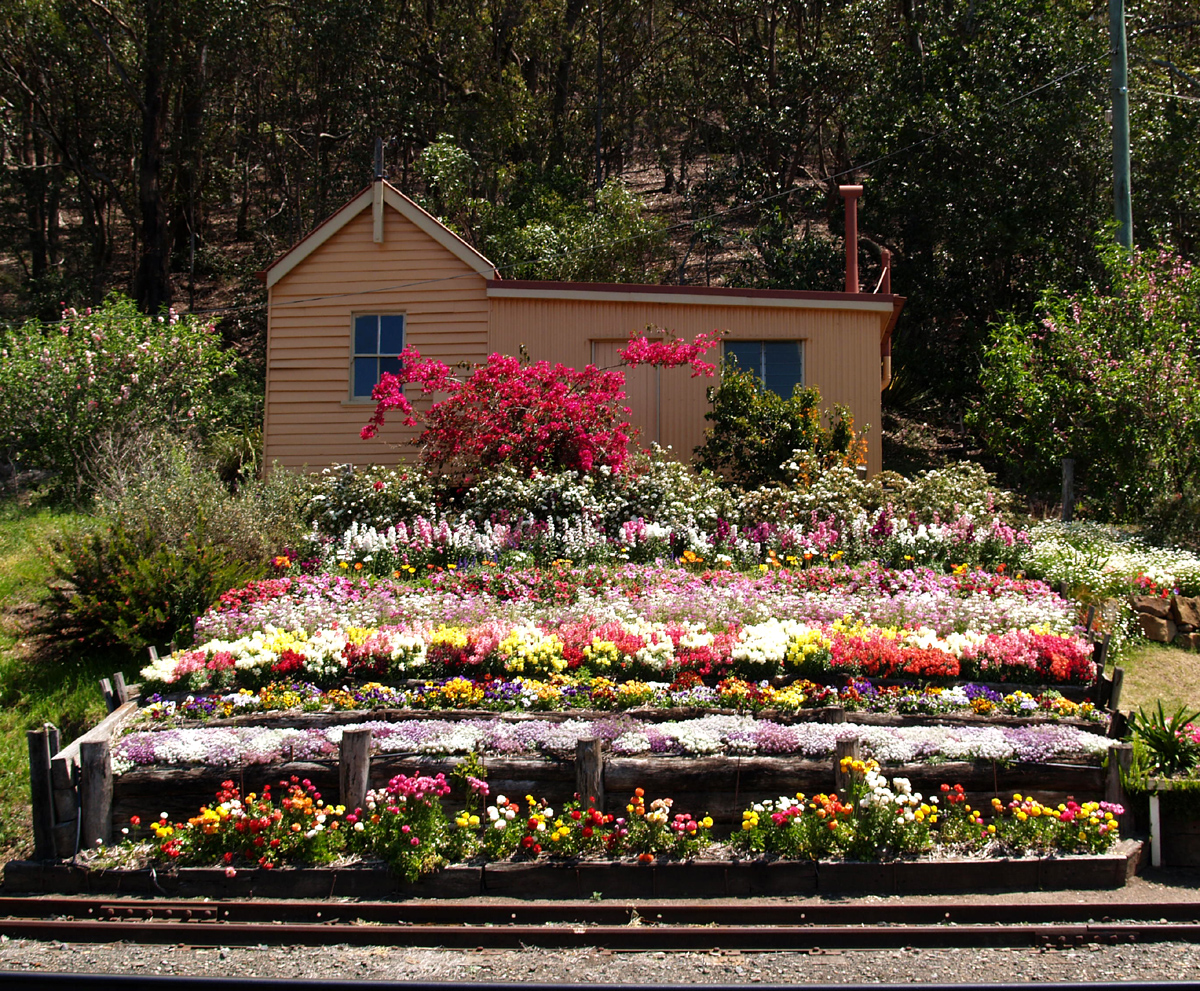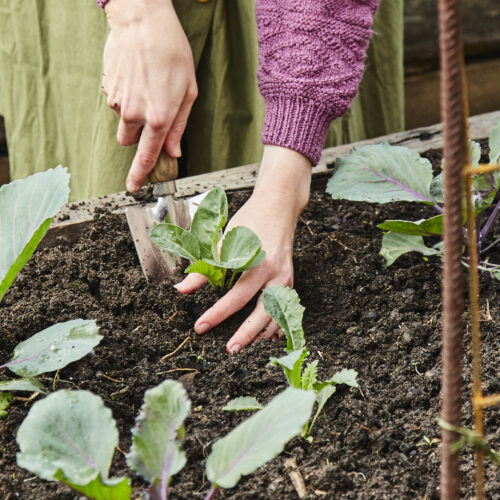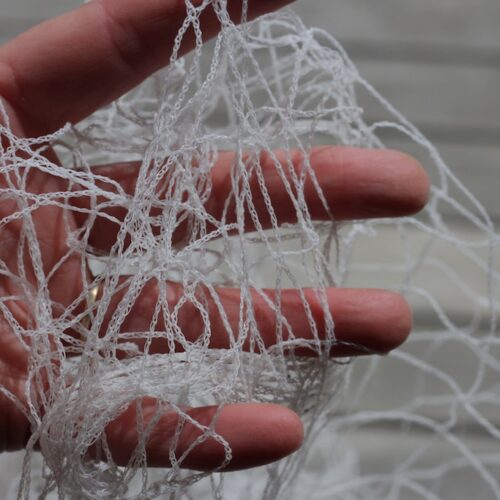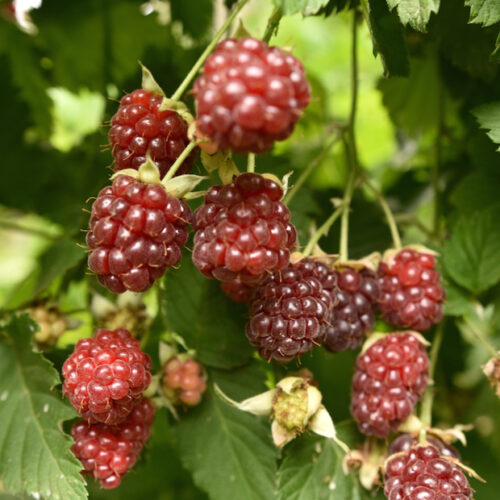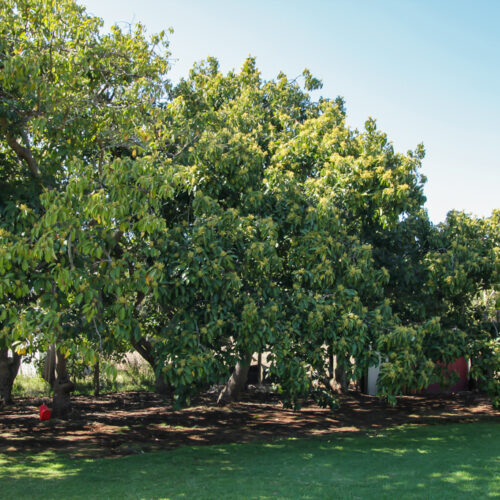Garden jobs for September
2014-09-03T06:02:05+10:00
JUSTIN RUSSELL contemplates our Australian seasons and offers some gardening suggestions for September.
There are two things I wish gardeners could learn about the seasons in Australia. One is that seasonal change pays no heed to dates on a calendar, and the second is that every location has a different microclimate. September 1 might mark the official start of spring, but in reality, spring can arrive earlier or later than this date. A lot has to do with where you live. In northern Australia, early September means hot and dry. In the west September tends to be wet and warm. In central Australia, warm and dry. In the east warm and windy. And down south, cool and wet.
So while I’m tempted to blurt out “welcome to spring!”, I know that the term is completely arbitrary. Some people think we need to find new ways to classify the seasons. I’ve heard suggestions we should align the seasons with solstices and equinoxes, others who say the indigenous approach to seasons makes more sense. Jerry Coleby-Williams sometimes describes an extra season in his Brisbane garden. He calls it “crematoria” – a fitting name for hot, dry spell in early spring that precedes the start of the subtropical wet season.
I quite like the suggestions of Dr Tim Entwisle, director of the Melbourne Botanic Gardens. Dr Entwisle reckons the way we’ve imported the four seasons from the northern hemisphere makes little sense, and as an alternative, he proposes a five season system. First is “sprinter”, early spring between August and September. Then comes “sprummer”, October and November, followed by summer (Dec-March), autumn (April-May), and winter (June-July).
Even this system has its problems. It doesn’t really apply to the tropics, and the localised landscapes will inevitably throw up all kinds of weird quirks. For example, my garden in south east Queensland gets twice as many frosts as Peter Cundall’s does in Tasmania. Yet our spring is very brief (about a month), and highly variable. Peter’s is more gradual, with cool, damp weather often persisting into early summer. The best we can do, I think, is get to know the spirit of our place, the genius loci, then come up with a system that works in each individual garden.
Now, onto some jobs that might be relevant in your neck of the woods. Those of you in the tropics will soon be hanging for some wet season relief, but until then it’s vital that you keep the garden well hydrated. Use the kind of drought resistance techniques we employ during dry spells down south (mulching, root level irrigation, soil wetters etc) until the first storms start doing the watering for you.
In the frost free subtropics, fruit flies are on the wing and are eager to lay their eggs in early season fruit like loquats, winter tomatoes, and sweet, thin skinned citrus. Renew baits in traps, and cover vulnerable fruit with exclusion bags, or entire trees with fine weave netting.
Tuberous plants such as ginger, galangal and arrowroot will soon start to reshoot, so now is the time to dig and divide. Cut off and discard any pieces that are dead or rotten, then replant into soil enriched with well rotted manure. Water in the transplants with seaweed extract to promote strong root growth.
In temperate areas, perennials such as strawberries, artichokes and rhubarb are starting to get going as the soil warms. Give them a kick along with fortnightly applications of liquid fertiliser. Asparagus season is underway. Don’t fertilise yet, but make sure you harvest spears regularly to encourage repeat crops.
Keep an eye on the weather forecast for late frosts. These are often the most damaging of all, capable of wiping out an entire season’s crop of fruit. Cover vulnerable plants with frost cloth (available from nurseries and hardware stores) or hessian.
Finally, wherever you are, take some time to enjoy the changing season. September is a spectacle of colour in my part of the world (the Darling Downs in SE QLD) and I’m planning to spend a couple of hours each week just taking in the sights, sounds and smells of sprinter. Whatever you choose to call it, this time of the year is a delight!

